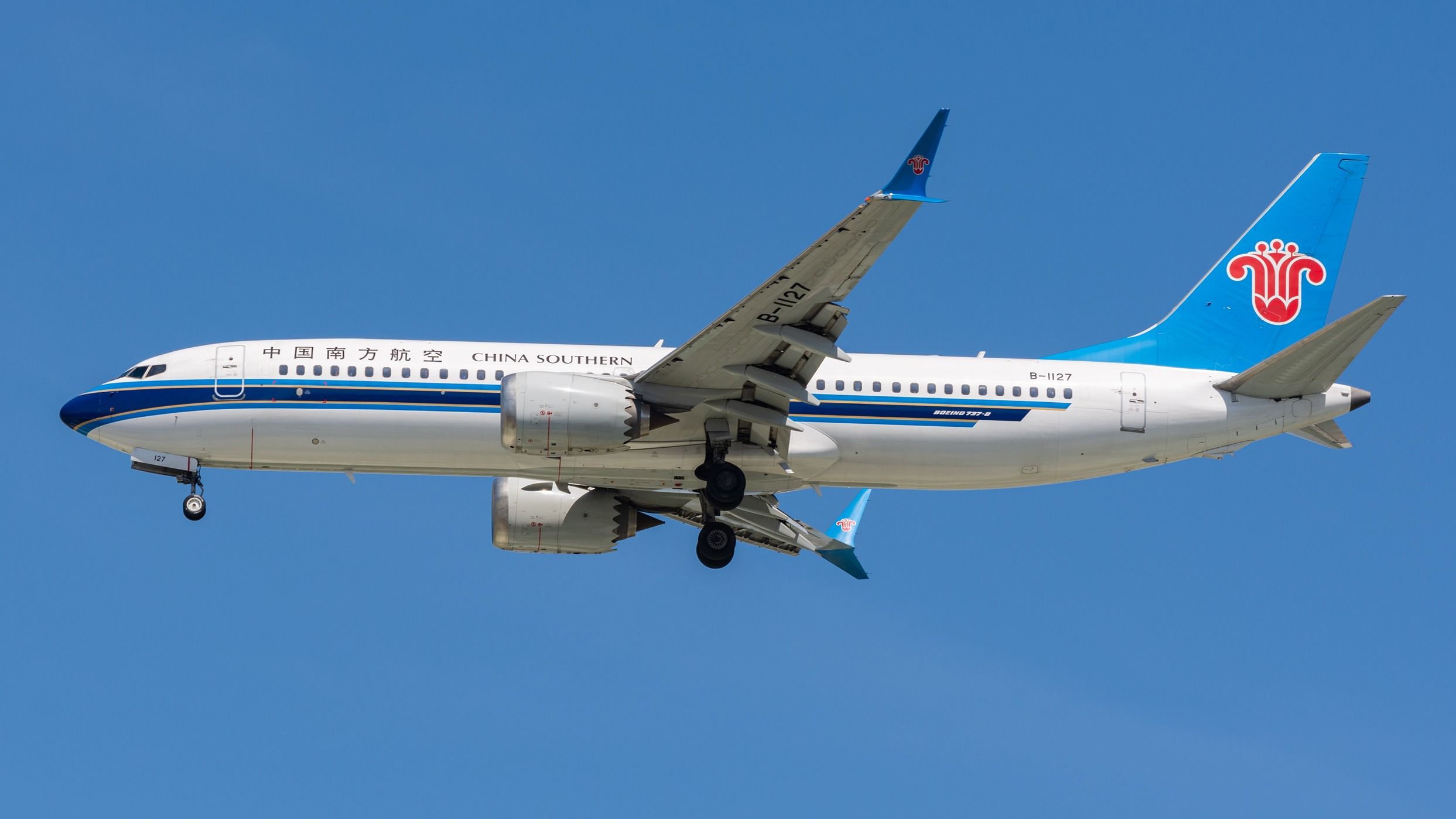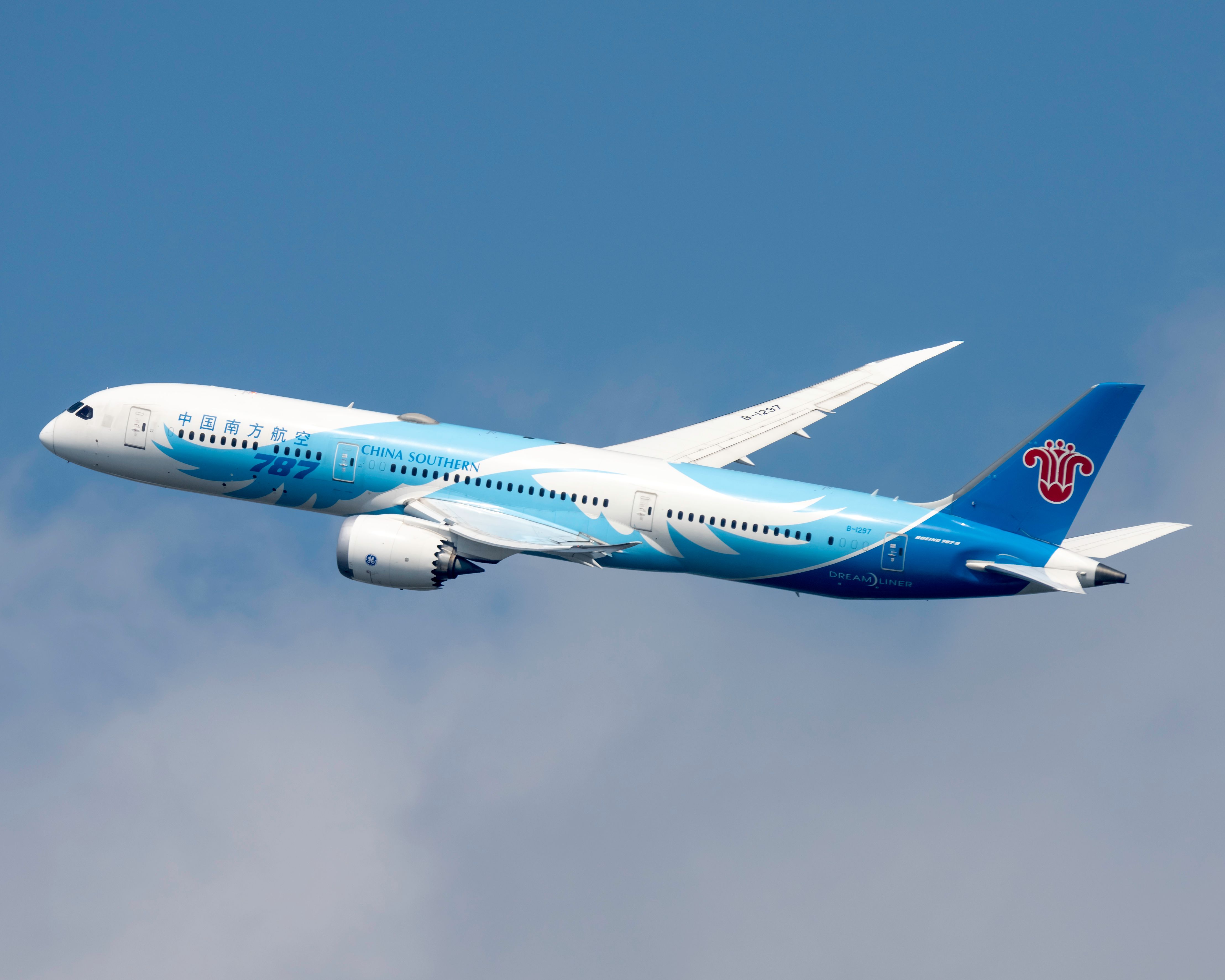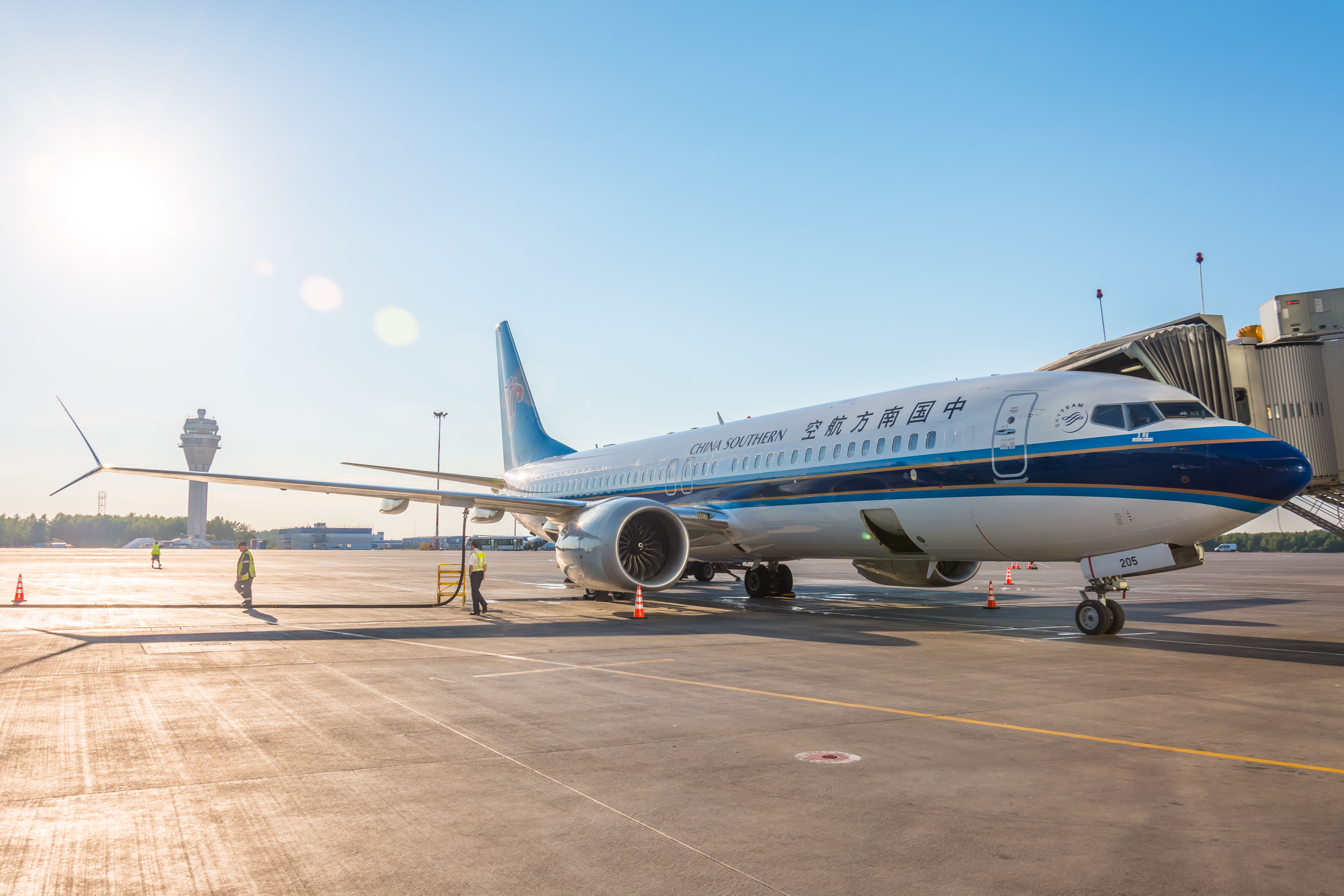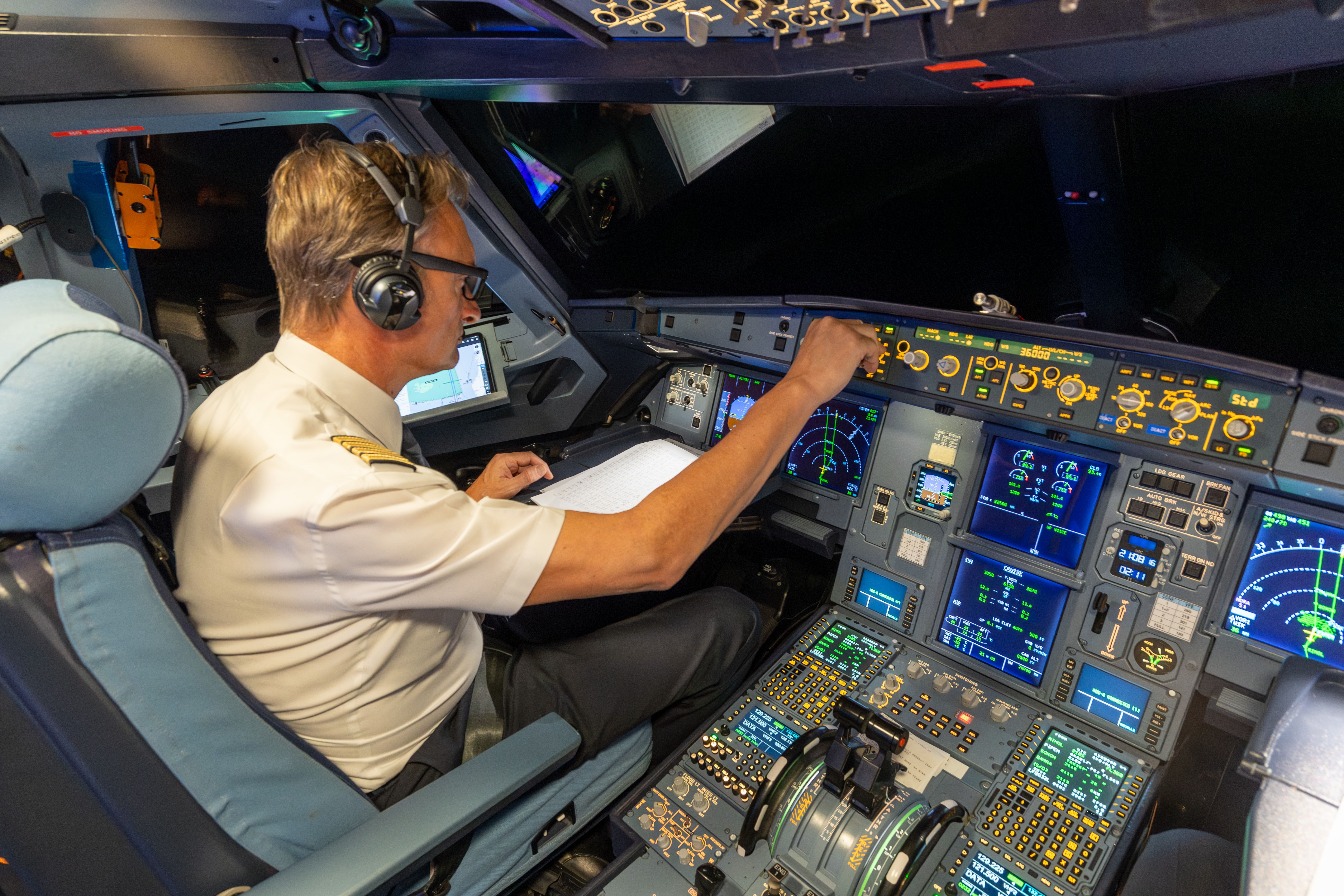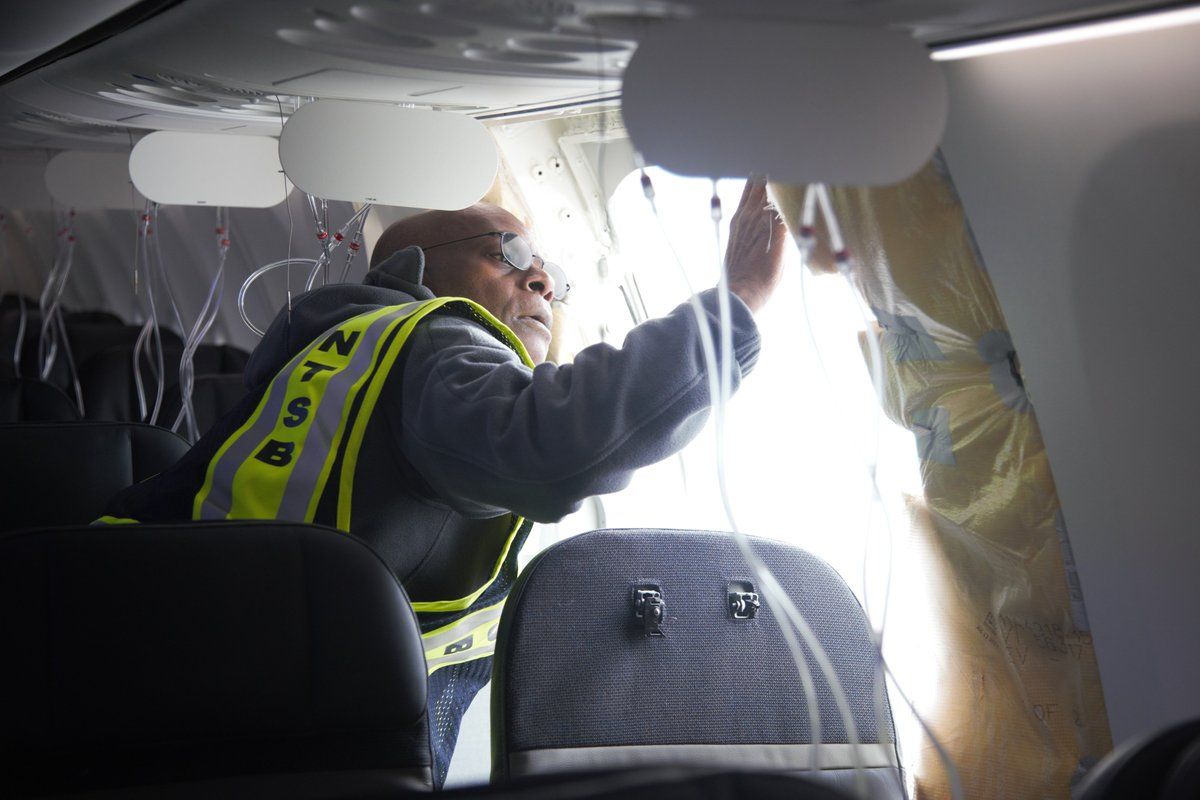Summary
- The Chinese regulator is currently reviewing the batteries within the cockpit voice recorder (CVR) of Boeing aircraft.
- As a result, Boeing has only delivered one aircraft to a Chinese airline in May 2024.
- The manufacturer has only recently resumed Boeing 737 MAX deliveries to China-based carriers.
Boeing was forced to alter the delivery timelines of its aircraft to China as the local regulator is reviewing the batteries within the cockpit voice recorder (CVR) of the manufacturer’s aircraft, the company’s spokesperson confirmed to Simple Flying.
Working with Chinese customers
According to the spokesperson, the company has been working with its Chinese airline customers to determine the timing of their deliveries. In an email to Simple Flying, the representative added that the Civil Aviation Administration of China (CAAC) was reviewing the batteries found inside the 25-hour CVR of Boeing aircraft.
“The FAA [Federal Aviation Administration – ed. note] has certified this system and it has been accepted by EASA [the European Union Aviation Safety Agency (EASA) – ed. note]. We defer to the FAA and the CAAC on this regulatory discussion.”
The development was first reported by Reuters. While the manufacturer’s spokesperson did not detail whether this only affects the 737 MAX or also other aircraft within its lineup, Boeing has only delivered two non-737 MAX aircraft to Chinese-based carriers in 2024. Juneyao Airlines took delivery of a Boeing 787-9 in April, the aircraft manufacturer’s orders and deliveries data showed.
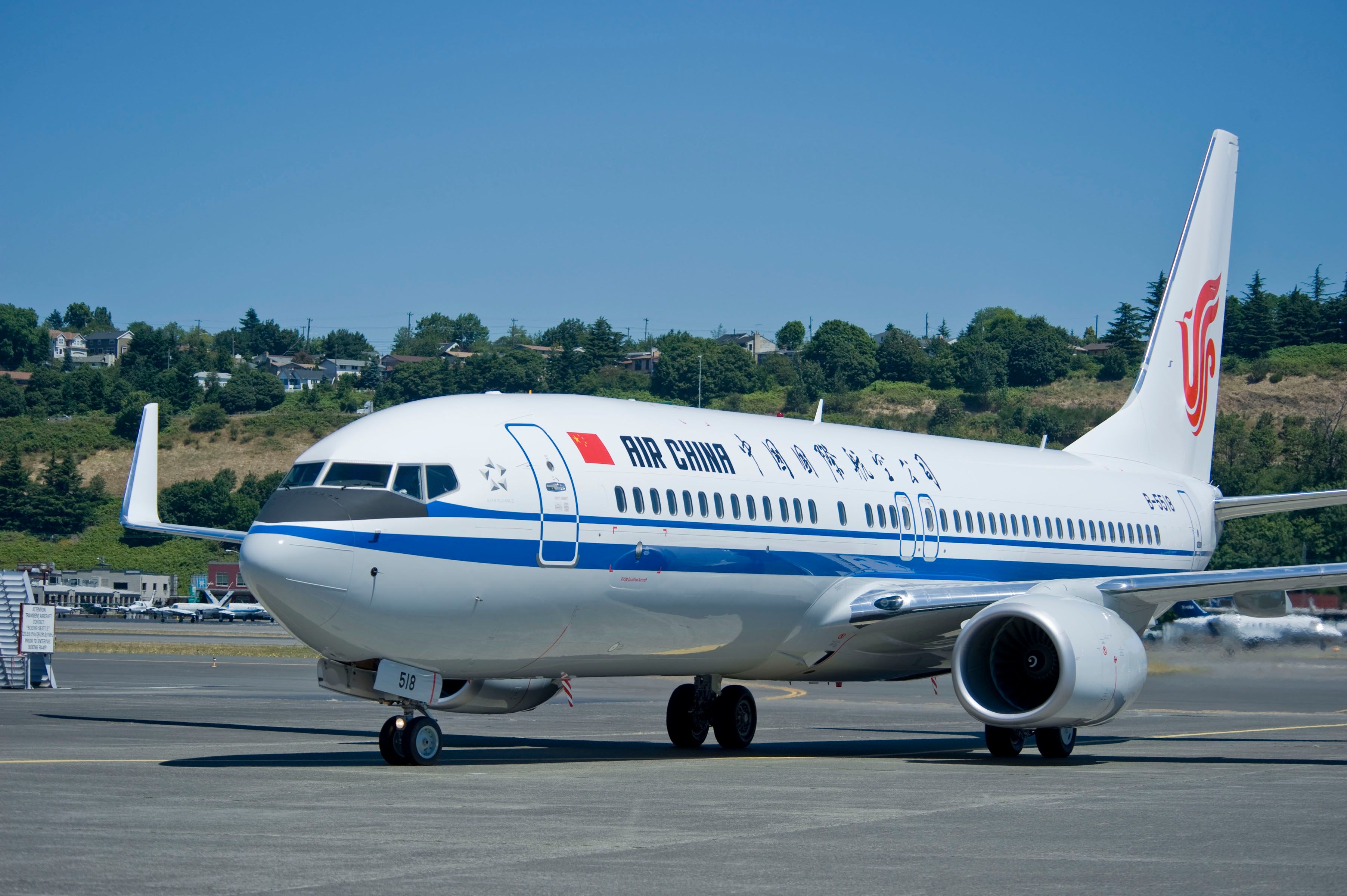
Related
Inside Boeing’s China Relationship Over The Past 50 Years
The last half-century has seen the relationship develop in several interesting ways.
Resuming deliveries to China
While Airbus has continued to deliver aircraft to China over the past few years, Boeing was forced to suspend the deliveries of 737 MAX aircraft between 2020 and 2024. The US-based manufacturer’s orders and deliveries data showed that in 2020, 2021, 2022, and 2023, it had delivered 11 aircraft to China-based airlines, split between ten 777F and one 787-9. The latter was handed over in December 2023.
The number does not include deliveries to China-based lessors. During the same period, Boeing had delivered 22 aircraft, 11 of which were the Boeing 737 MAXs, to CCES Leasing Corporation and ICBC Leasing, the manufacturer’s records showed.
Photo: Vincenzo Pace I Simple Flying
However, it has resumed delivering the Boeing 737 to China-based carriers in 2024. As of April 30, the plane maker had delivered 21 Boeing 737 MAXs to the country’s airlines, including three in April.
According to ch-aviation data, Boeing has delivered only one aircraft to China in May. China Southern Airlines added a Boeing 787-9, registered as B-20EL, on May 12, despite the fact that the aircraft first flew on May 15, 2020. The Boeing 787-9 has not flown since it landed at Guangzhou Baiyun International Airport (CAN) on May 13.
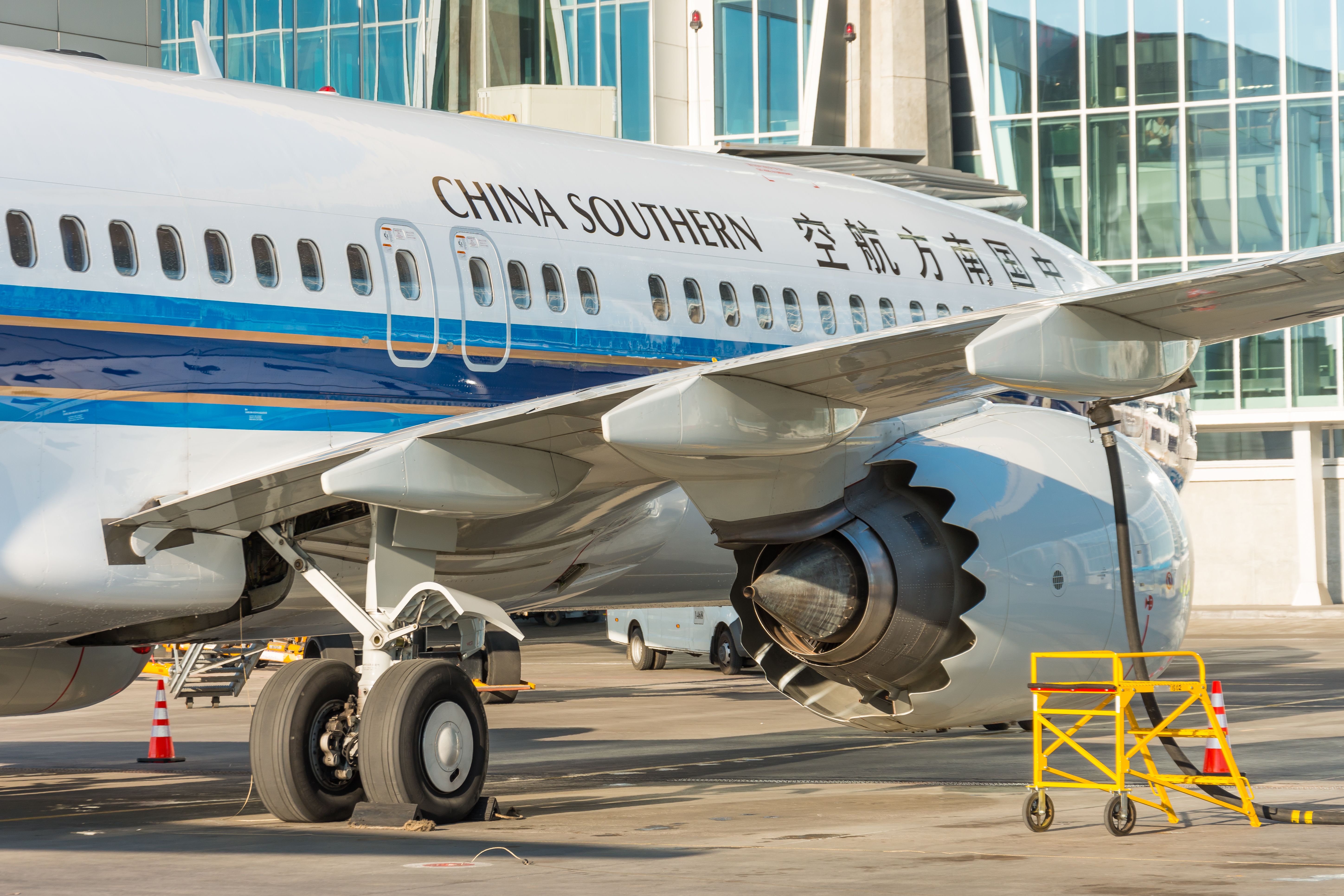
Related
Boeing Resumes MAX Deliveries To Chinese Customers
A China Southern 737 MAX left Boeing’s Seattle factory on January 24.
Trade war with China
The manufacturer was caught in a trade conflict between China and the US, which began with Donald Trump, the now-former President of the US, imposing tariffs and restrictions on Chinese-made goods in 2018. Joe Biden, the incumbent US President, while imposing a softer tone in some cases, has continued to impose tariffs on Chinese goods.
This includes the latest measures announced on May 14, with the White House detailing that tariffs will be raised on such goods as steel and aluminum, semiconductors, electric vehicles (EV), EV batteries and their components, solar cells, ship-to-shore cranes, and medical products.
Photo: aappp | Shutterstock
However, Boeing was forced to suspend deliveries of the 737 MAX when the CAAC became one of the first regulators to ground the type following the type’s second fatal crash in Ethiopia in March 2019. The CAAC grounded the Boeing 737 MAX on March 11, 2019.
While the Chinese regulator spearheaded the move, with the FAA following suit only on March 13, 2019, it was the last authority to allow airlines to resume flights with the type. China Southern Airlines was the first carrier to resume flights with the type in the country, doing so on January 13, 2023. In December 2023, Boeing said that all China-operated 737 MAXs had resumed services.
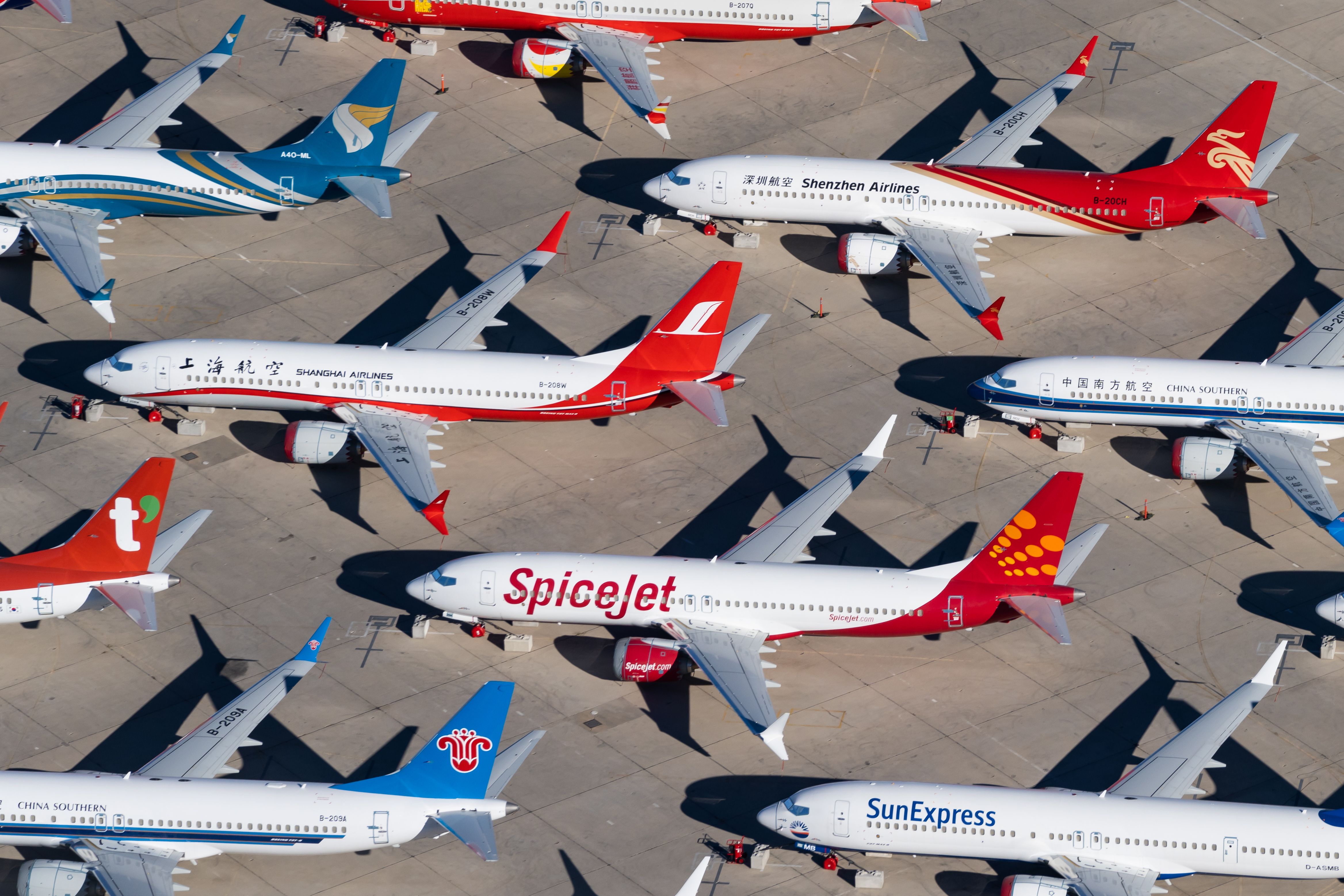
Related
Boeing: All China-Operated 737 Max Aircraft Resumed Service This Year
Since returning the first to passenger service in January 2022, China has now relaunched all its 737 MAX aircraft into commercial operation.
25-hour CVRs
Nevertheless, the newest FAA reauthorization bill, which Biden signed on May 16, will change how many hours the CVR has to retain for new and older aircraft. The bill addressed CVRs on new and old aircraft, with separate deadlines for airlines operating older aircraft and aircraft manufacturers building new airframes.
The bill read that an operator may not operate an aircraft built a year after the enactment of the latest FAA Reauthorization Bill unless it has a 25-hour capable CVR. Meanwhile, aircraft that were built prior to Biden signing the act have a six-year deadline to install a CVR that can retain cockpit conversations for up to 25 hours.
Photo: Airbus
Furthermore, the bill gave the FAA a three-year deadline to come up with a final rule to update the applicable regulations to meet the requirements of the bill. This includes provisions that the recordings are protected from unlawful disclosure to the public, used exclusively by federal and/or foreign aircraft safety event investigators, and cannot be tampered with following a National Transportation Safety Board (NTSB) reportable event.
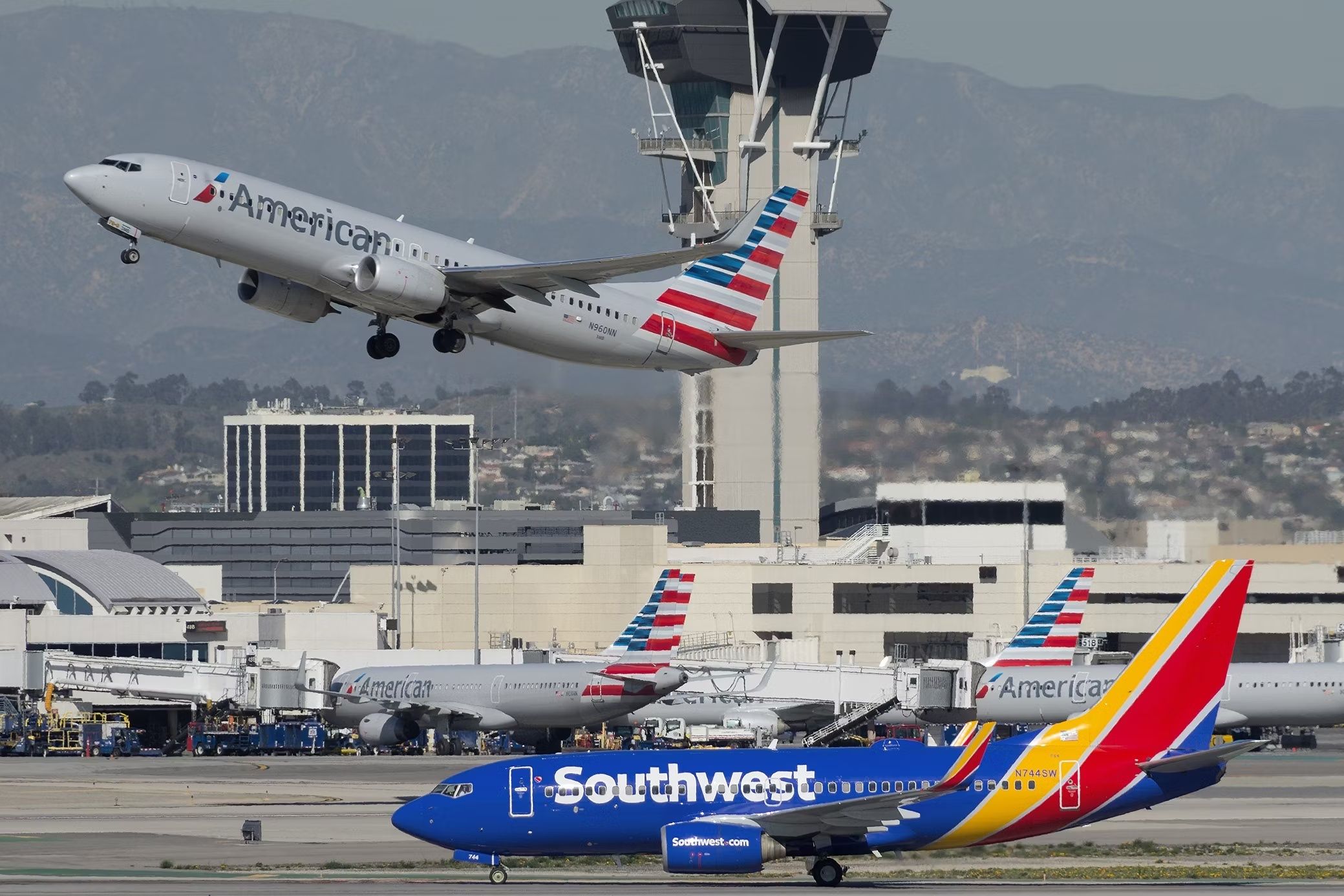
Related
US President Biden Signs Aviation Safety And Reform Bill Into Law
President Joe Biden has signed off on the long-awaited FAA reauthorization bill which hopefully will positively impact summer travel.
Overriding recordings
EASA first issued its opinion regarding a 25-hour-capable CVR on May 5, 2014, forming a committee to draft a regulation that would be presented to legislators of the European Union (EU). The draft regulation was finalized and published on December 16, 2015.
The European Commission (EC) subsequently published Commission Regulation (EU) 2015/2338, which had an effective date of January 5, 2016, mandating that all aircraft built on or after January 1, 2021, with a maximum take-off weight (MTOW) of at least 27,000 kilograms (59,524 lbs), needed to have a 25 hour CVR.
In the US, the NTSB recommended that the FAA mandate 25-hour CVRs as early as October 2018. At the time, a safety recommendation report by the NTSB read that the board was urging the FAA to take action and mandate new CVRs on new and older aircraft.
Photo: NTSB
However, the issue had not been resolved and came to light once again when the National Airspace System (NAS) experienced a multitude of safety events in the past few months, including numerous runway incursions and the Alaska Airlines Boeing 737 MAX 9 mid-air door plug blowout.
Shortly after the latter incident, Jennifer Homendy, the Chair of the NTSB, confirmed that the CVR of the flight was overwritten. The board’s preliminary report read that the recorder’s circuit breaker had not been manually deactivated, resulting in the flight crew’s cockpit conversations not being available to investigators.
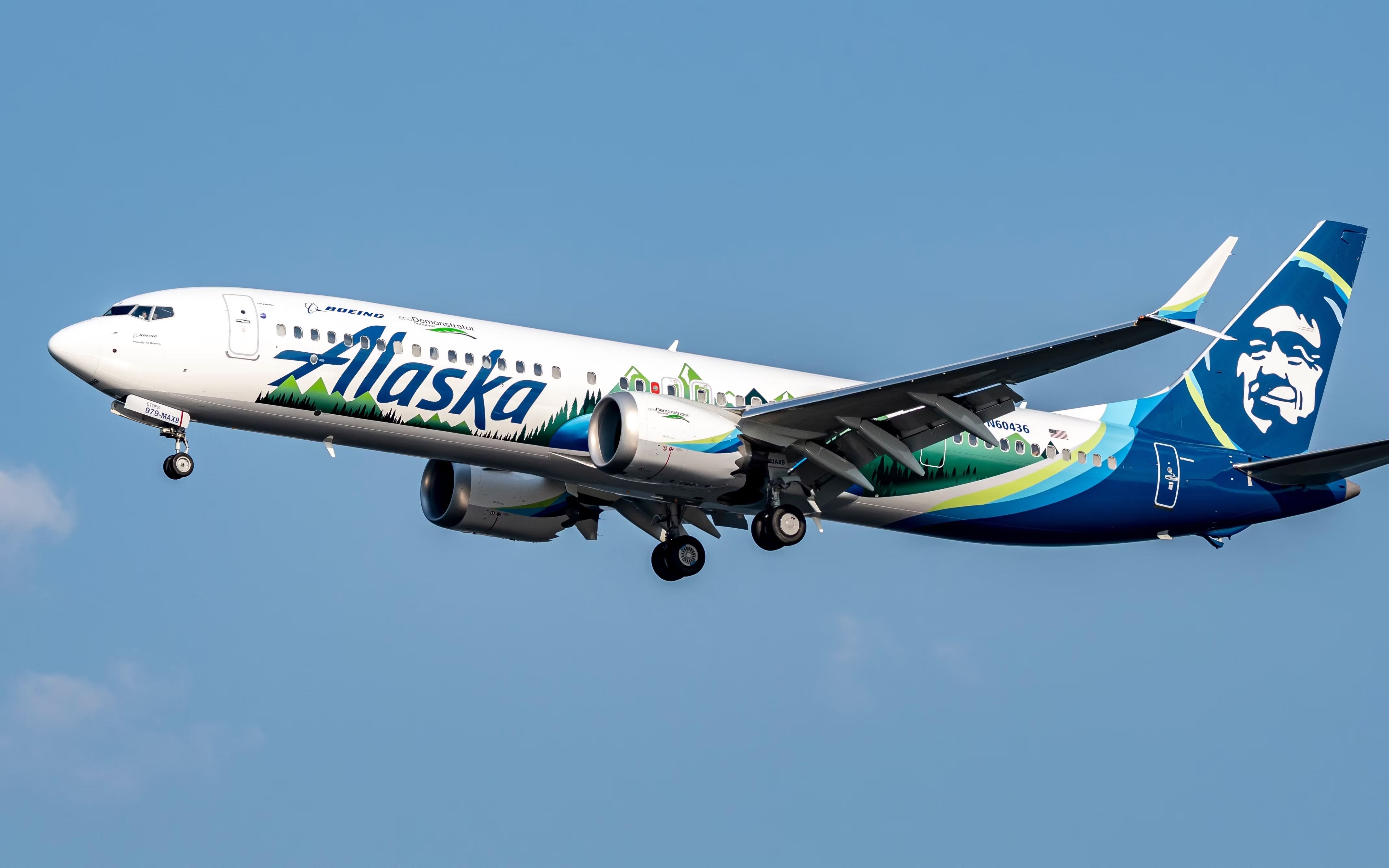
Related
Uh Oh: Data From Alaska Airlines Boeing 737 MAX 9 Voice Recorder Was Wiped
A circuit breaker was not pulled to save the data.

